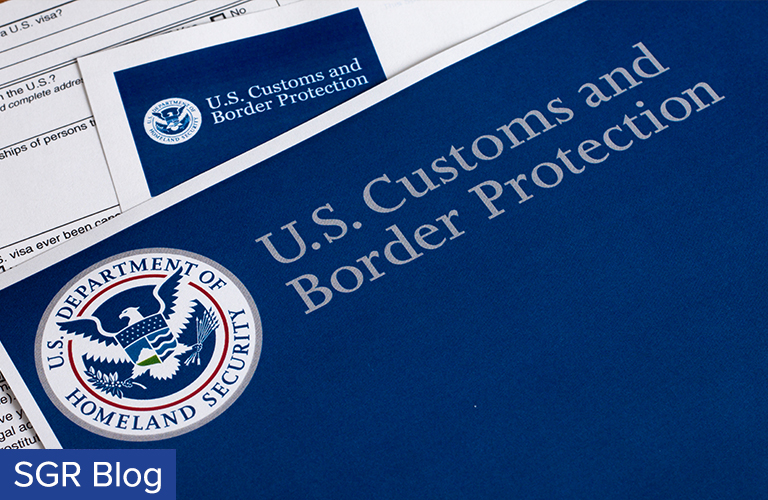
While the country is embroiled in heated political debate involving immigration and the appropriate means by which to protect U.S. borders, few if any disagree that many U.S. intellectual property owners are being swamped by infringing goods, counterfeits and knock-offs from other countries. Other than the U.S. district courts where infringement cases are often instituted, the combined powers of the U.S. International Trade Commission (“ITC”) and the U.S. Customs and Border Protection (“CBP”), a bureau of the Department of Homeland Security, can be powerful allies for intellectual property owners seeking to protect their intellectual property from infringing imports.
The ITC is empowered under Section 337 of the Tariff Act of 1930 to issue strong remedies to prevent unfair practices in the importation of goods into the United States, including infringement of intellectual property rights. Though the ITC is thought of most often in terms of high stakes patent litigation, the issuance of a general exclusion order (GEO) by the ITC has always been a powerful tool for intellectual property owners to also fight counterfeit and knock-off goods. A GEO offers many advantages over pursuing counterfeiters in the US district courts, including the fact that proceedings in the ITC focus on the infringing products themselves, regardless of who makes them, unlike the district courts, where a plaintiff can only obtain injunctive relief against the defendants specifically named in the law suit.
If the ITC issues a GEO, any and all infringing products are excluded from entering the United States and a GEO may be obtained even where all the accused infringers default or fail to appear. Accordingly, GEOs reach infringing products of parties that were not part of the investigation, and even to parties which may have not been producing infringing items when the GEO issued. And unlike district courts, the fact that sellers may change their names or identities, common in the case of producers of counterfeit goods, is not problematic as the remedy is not directed to the sellers of the goods but rather to the infringing goods.
Once a GEO has issued, the parties’ dispute moves to a new forum, the CBP, which actually enforces the ITC’s exclusion orders. Once an exclusion order has been issued, the CBP develops guidelines for identifying infringing goods and then seeks to prevent infringing goods from entering the U.S.
U.S. IP owners can also utilize the enforcement powers of the CBP separate and apart from commencing an ITC proceeding by utilizing the Intellectual Property Rights e-Recordation Program (IPRR) of the CBP which allows rights holders to record their registered trademarks and copyrights to assist the CBP in its efforts to prevent the importation of goods that infringe registered marks. The recordation database includes information regarding all recorded marks, including images and the identities of authorized non-U.S. manufacturers. CBP officers monitor imports to prevent the importation of infringing goods and can access the recordation database at each of the 317 ports of entry to the United States.
The CBP employs a multi-layered, risk based approach to enforce intellectual property rights at the border. This includes CBP’s ability to target shipments based on intelligence to better prevent the importation of merchandise that infringes trademarks, copyrights and exclusion orders issued by the ITC. The CBP uses a Mobile Intellectual Property Enforcement Team, a specialized task force of experts with CBP, to conduct intellectual property enforcement operations to prevent the entry of illicit goods into the United States and also deploys Strike Units, audit-centered teams, which focus on real time enforcement and improved compliance.
Owners of registered trademarks and copyrights can record their rights with the CBP on line using the IPRR system. They can also educate CBP personnel by providing a Product ID Guide, provide updated information to CBP about product changes, other intellectual property and/or contact information, and submit information to the CBP regarding suspect shipments or parties through e-Allegations. While the protection and relief provided by the IPRR is admittedly limited in scope, and does not address copying of trade dress or design patents, and while other enforcement steps will remain necessary, the border protections afforded by the ITC and CBP can be a useful tool in the enforcement arsenal of many U.S. intellectual property right owners.

